
Liberation War Museum Dhaka
A modern museum showcasing the heroic struggle and sacrifices of Bangladesh's 1971 Liberation War through artifacts and exhibits.
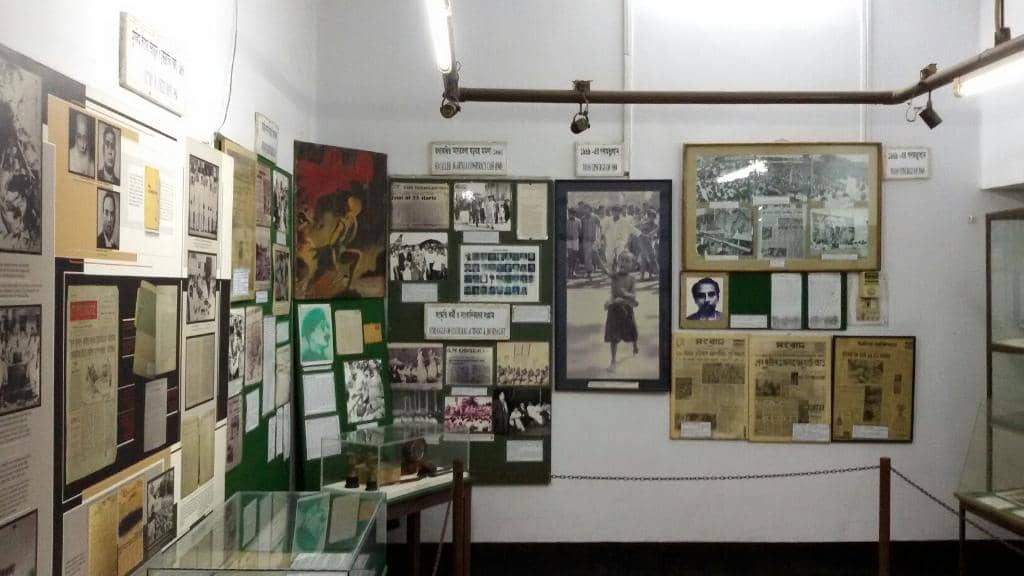
Highlights
Must-see attractions
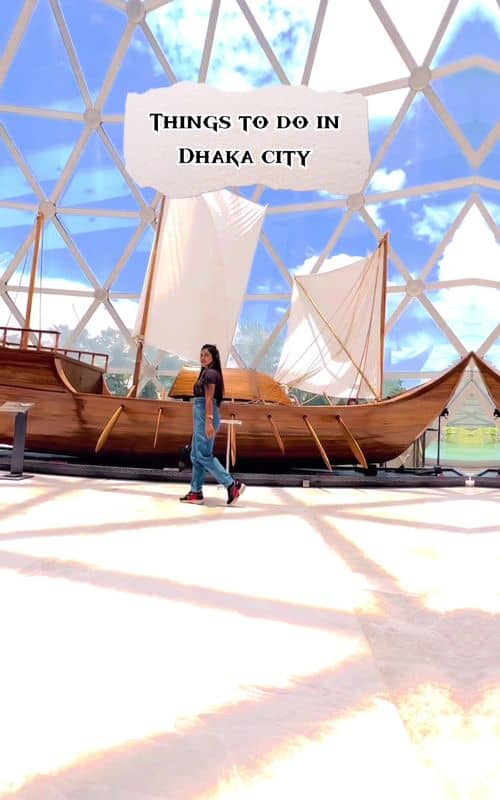
Social
From TikTok & Reddit
Best Time
Fewer crowds, more reflection

Liberation War Museum Dhaka
Best Time
Fewer crowds, more reflection

Highlights
Must-see attractions
A modern museum showcasing the heroic struggle and sacrifices of Bangladesh's 1971 Liberation War through artifacts and exhibits.
"A must-visit spot that powerfully showcases Bangladesh’s 1971 history through artifacts, photos, and emotional exhibits."

Allocate ample time
Give yourself at least 2-3 hours to fully appreciate the exhibits and their historical significance.
Respectful atmosphere
Maintain a quiet and respectful demeanor to honor the sacrifices commemorated here.
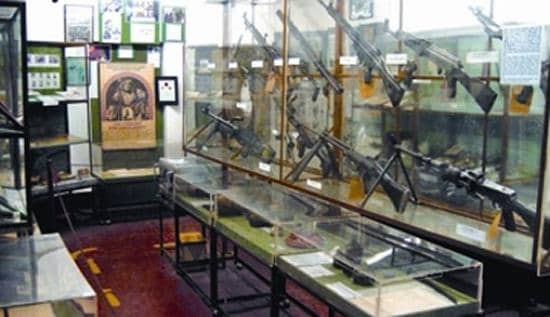
Highlights
Discover the most iconic attractions and experiences

Artifacts of Independence
Main Galleries
See personal items, weapons, and documents from the 1971 war, offering a tangible connection to history.

Photographic Narratives
Exhibition Halls
Powerful images capture the intensity and emotion of the Liberation War, telling stories of courage and sacrifice.
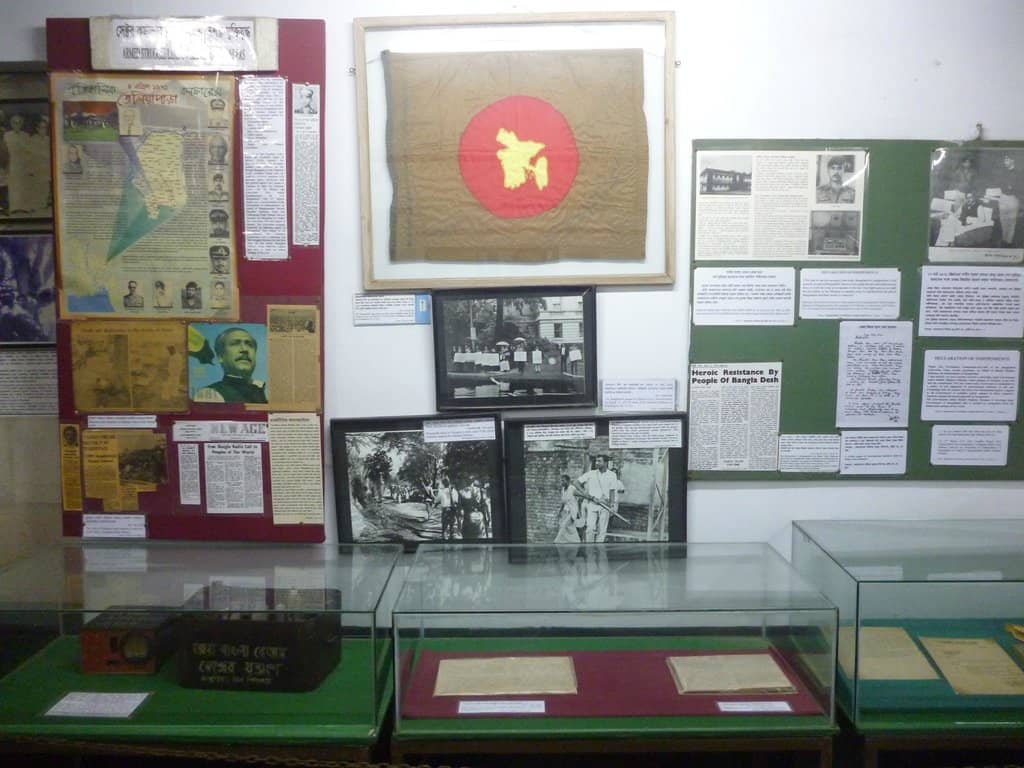
Modern Architectural Space
Exterior and Interior
The museum's contemporary design provides a serene and respectful backdrop for the historical exhibits.
Plans like a pro.
Thinks like you
Planning Your Visit
Timing Your Visit for Impact
Understanding the Exhibits
Best Times
Insider Tips
from TikTok, Instagram & Reddit
Allocate ample time
Give yourself at least 2-3 hours to fully appreciate the exhibits and their historical significance.
Respectful atmosphere
Maintain a quiet and respectful demeanor to honor the sacrifices commemorated here.
Student learning
Ideal for students and young people to learn about Bangladesh's birth.
Wheelchair accessible
The museum offers wheelchair entrance and parking for visitors with mobility needs.
Tips
from all over the internet
Allocate ample time
Give yourself at least 2-3 hours to fully appreciate the exhibits and their historical significance.
Respectful atmosphere
Maintain a quiet and respectful demeanor to honor the sacrifices commemorated here.
Student learning
Ideal for students and young people to learn about Bangladesh's birth.
Wheelchair accessible
The museum offers wheelchair entrance and parking for visitors with mobility needs.
On-site dining
A restaurant is available on the ground floor for refreshments.
What Travellers Say
Reviews Summary
Visitors consistently praise the Liberation War Museum Dhaka as a must-visit for its powerful and educational portrayal of Bangladesh's 1971 independence. The modern architecture and extensive collection of artifacts and photos are highly appreciated, creating a deeply moving and inspiring experience. While some note minor areas for improvement in signage and staff interaction, the overall sentiment is one of profound respect and national pride.
"A must-visit spot that powerfully showcases Bangladesh’s 1971 history through artifacts, photos, and emotional exhibits. Modern architecture, cheap entry, and well-organized galleries make it impressive, though signage and staff vibes could improve. Overall—deeply moving, educational, and unforgettable."
RIFAT HASAN
"The Liberation War Museum is one of the most important and emotionally powerful places in Bangladesh. The museum is well-organized, clean, and full of historical documents, photographs, and artifacts that tell the true story of 1971.
The environment is peaceful and respectful, which makes visitors feel connected to the history and sacrifices of our freedom fighters. It’s also a great place for students and young generations to learn about the Liberation War in detail.
Overall, it’s not just a museum but a place of inspiration and pride for the nation. Highly recommended for both locals and foreigners. 🇧🇩"
Wahidul Angon
"The Liberation War Museum in Dhaka is a deeply moving place that tells the story of Bangladesh’s struggle for independence in 1971. The museum has photos, documents, weapons, and personal items from the war that help you understand the pain, courage, and sacrifice of our people. The design is modern and peaceful, and it’s a must-visit for anyone who wants to learn more about our country’s history and heroes. A truly emotional and educational experience."
MD NAZMUL HASAN FAHIM
What People Like
What People Dislike
Frequently Asked Questions
🚇 🗺️ Getting There
The Liberation War Museum is located in Agargaon, Dhaka. You can reach it by taxi, ride-sharing services like Uber or Pathao, or local buses. It's a well-known landmark, so most drivers will know the way.
Yes, the museum provides parking facilities for visitors, which is convenient if you're arriving by private vehicle.
While specific bus routes can vary, ride-sharing apps are a popular and reliable way to navigate Dhaka's public transport system to reach the museum.
The museum is designed to be accessible, with wheelchair entrance and parking available, ensuring a comfortable visit for all.
While not explicitly mentioned, many local tour operators in Dhaka include the Liberation War Museum in their city tours. It's also a great destination for a solo visit.
🎫 🎫 Tickets & Entry
The entry fee for the Liberation War Museum is very affordable, making it an accessible cultural experience for everyone. Tickets are available at the entry gate.
The museum's opening hours are generally consistent, but it's always a good idea to check their official website or social media for any updates before your visit.
Tickets are typically available for purchase at the entry gate, so advance booking is usually not required.
Information on specific discounts isn't widely publicized, but the general admission is quite affordable, making it accessible for most visitors.
Photography policies can vary, but generally, visitors are allowed to take photos for personal use, especially in the main exhibition areas.
🎫 🏛️ Onsite Experience
You'll find a vast collection of over 21,000 artifacts, including personal items, weapons, documents, and powerful photographs that narrate the story of Bangladesh's independence in 1971.
To truly appreciate the depth of the exhibits, it's recommended to allocate at least 2-3 hours for your visit.
Yes, it's a great place for children and young people to learn about the Liberation War and the nation's history.
While official guided tours aren't always advertised, the exhibits are well-curated, and you can explore at your own pace.
The museum is designed to be peaceful and respectful, creating an environment that allows visitors to connect emotionally with the history and sacrifices of the freedom fighters.
📸 📸 Photography
Photography for personal use is generally permitted in most areas of the museum, allowing you to capture the impactful exhibits.
While not always explicitly stated, it's respectful to avoid flash photography and to be mindful of other visitors. Check for any signage indicating restricted areas.
The large-scale photographs and dioramas often make for compelling shots. The modern architecture itself is also quite photogenic.
The 'A Long Journey - Rohingya longing for their homeland' exhibition, a collaborative art project, might offer unique photographic opportunities.
Visitors often share photos of the artifacts, historical images, and the museum's modern interior design, reflecting the educational and emotional impact of the visit.
For Different Travelers
Tailored advice for your travel style
👨👩👧 Families with Kids
Encourage your children to read the captions and look at the photographs to foster a deeper understanding. The museum's respectful atmosphere is conducive to learning, and it's a valuable opportunity to instill a sense of national pride and historical awareness.
🧑🎓 Students and Educators
Consider organizing group visits or field trips to enhance the learning experience. The museum's accessibility features, like wheelchair access, also ensure that all students can participate.
🚶 Solo Travelers
As one Reddit user suggested, visiting museums like this is a great way to spend time alone in Dhaka, offering both personal reflection and a deeper understanding of the country's heritage.
Deep Dives
In-depth insights and expert knowledge
The Significance of the 1971 Liberation War
Visitors can expect to encounter a vast collection of over 21,000 artifacts, including personal belongings of freedom fighters, weapons used during the war, historical documents, and poignant photographs that vividly portray the events of 1971. The museum's modern architecture provides a solemn and respectful environment, allowing visitors to deeply connect with the historical narrative and understand the profound cost of freedom.
This museum is not just a repository of history; it's a place of national pride and remembrance. It serves as a crucial educational resource, particularly for younger generations, to learn about their country's origins and the heroic efforts that secured their independence.
Exploring the Museum's Collections
Beyond physical objects, the museum features a significant collection of photographs and documents. These visual and textual records are crucial in understanding the scale of the conflict, the human cost, and the eventual triumph. Special exhibitions, such as the 'A Long Journey - Rohingya longing for their homeland,' highlight the museum's role in addressing broader human rights issues and fostering artistic expression related to historical events.
The museum's layout is designed to guide visitors through the narrative chronologically, from the pre-war political climate to the final victory. This thoughtful organization enhances the learning experience, making it easier to grasp the complexities of the Liberation War.
The Museum as a Cultural Hub
This dual role highlights the museum's importance not just as a keeper of history but also as a dynamic cultural center within Dhaka. Such events can attract a wider audience, including younger demographics, and introduce them to the museum's significance in a different context.
The museum's modern design and spacious grounds make it an attractive location for various events, further cementing its place in the cultural landscape of Bangladesh.
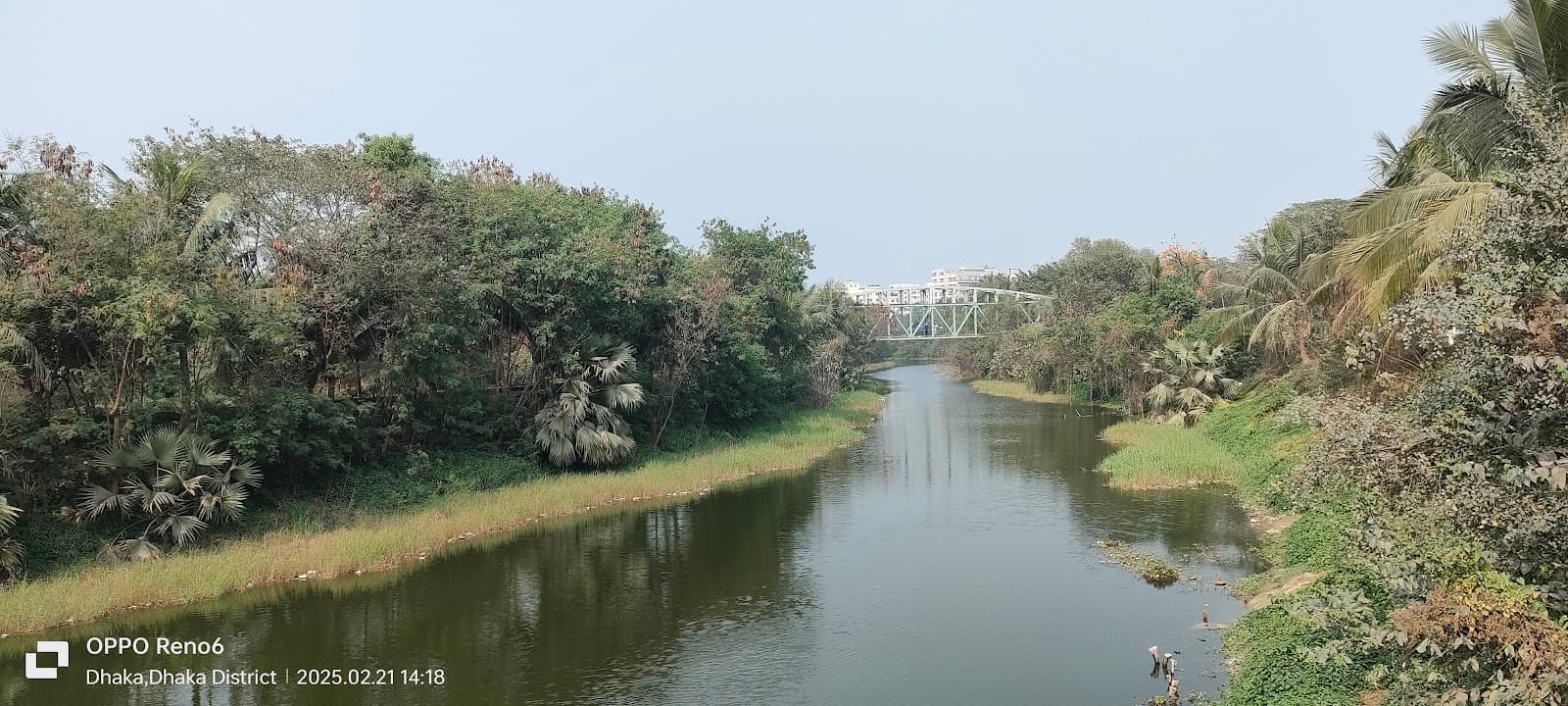

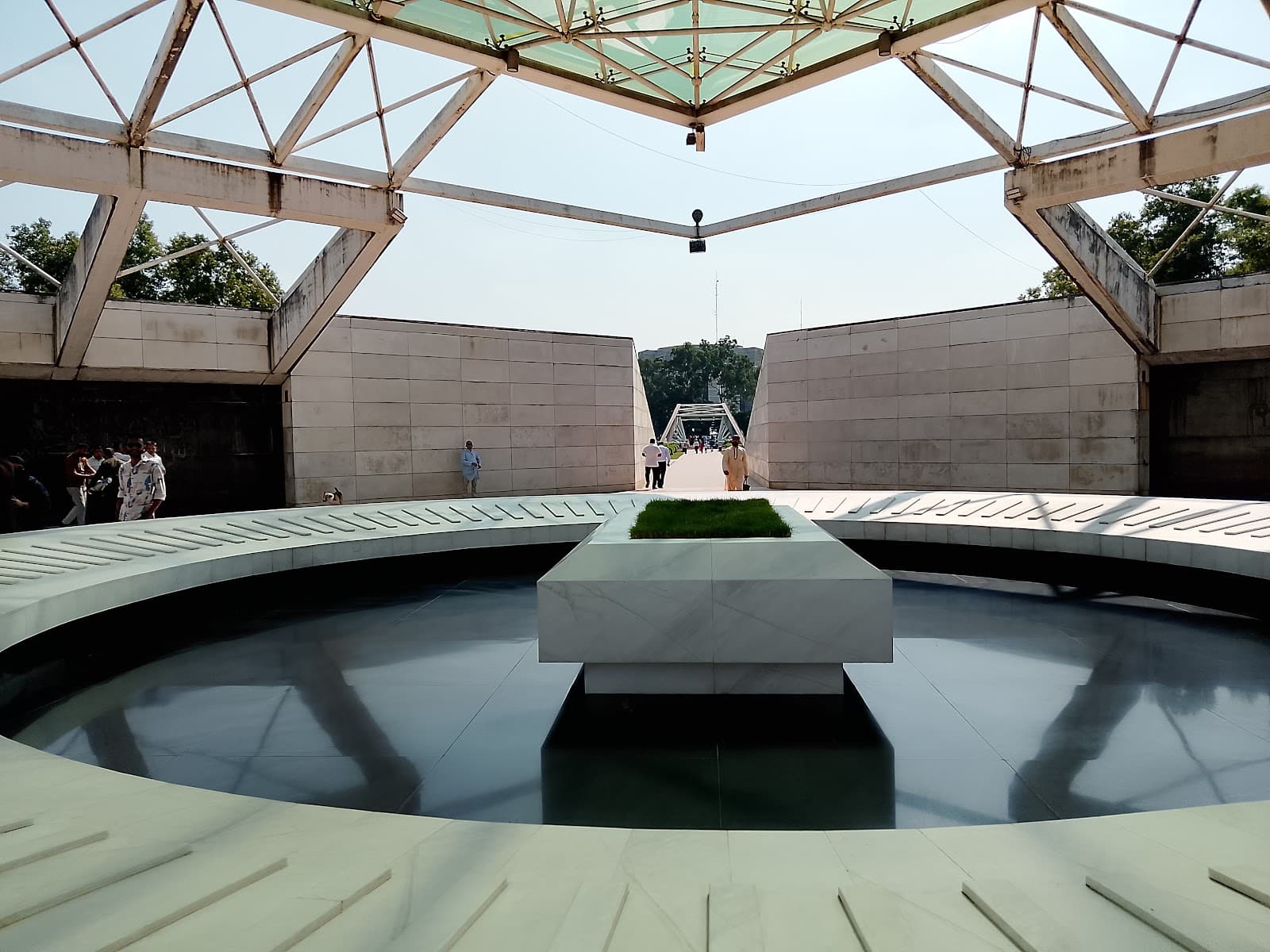



Social
from TikTok, Instagram & Reddit